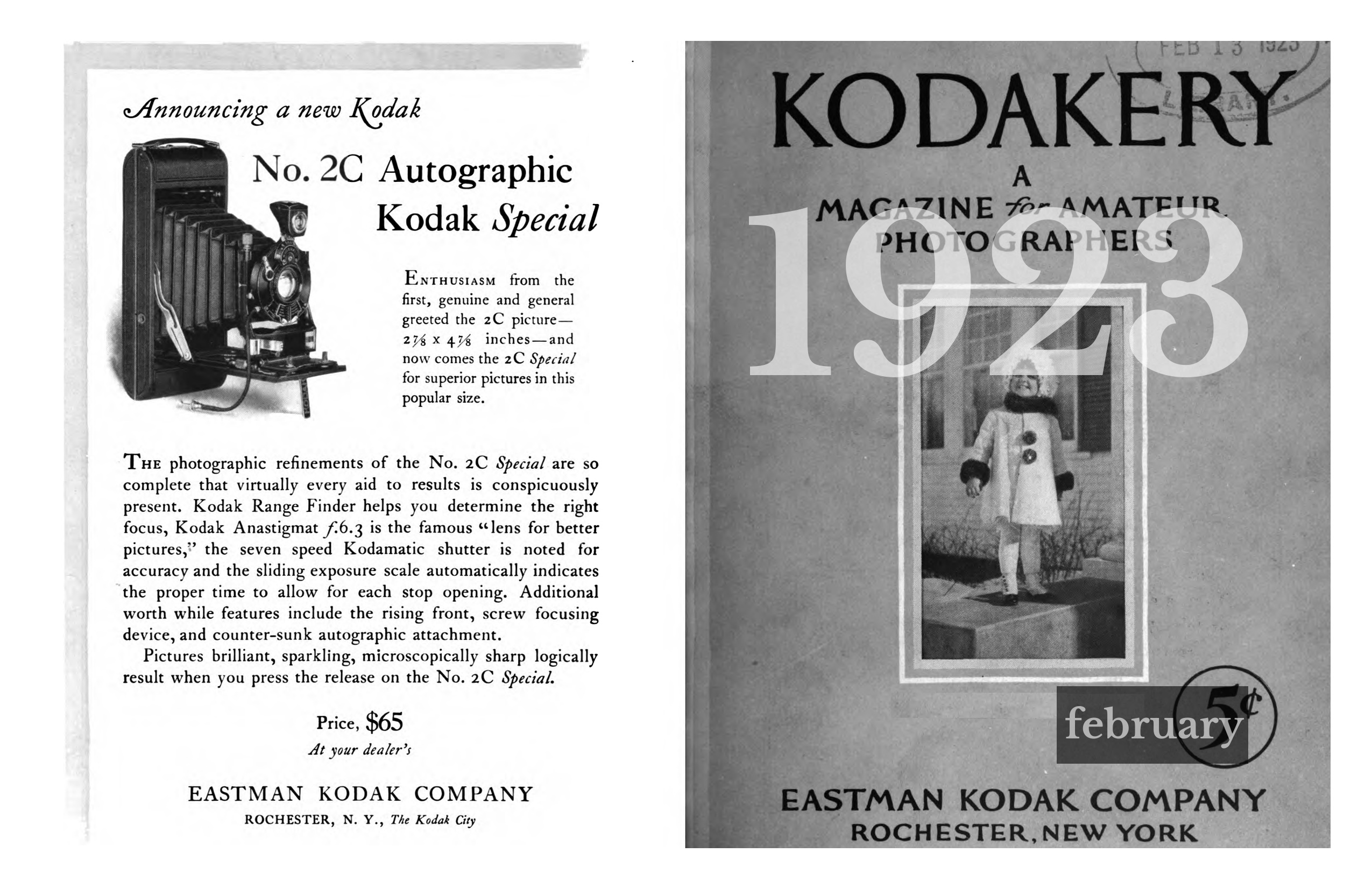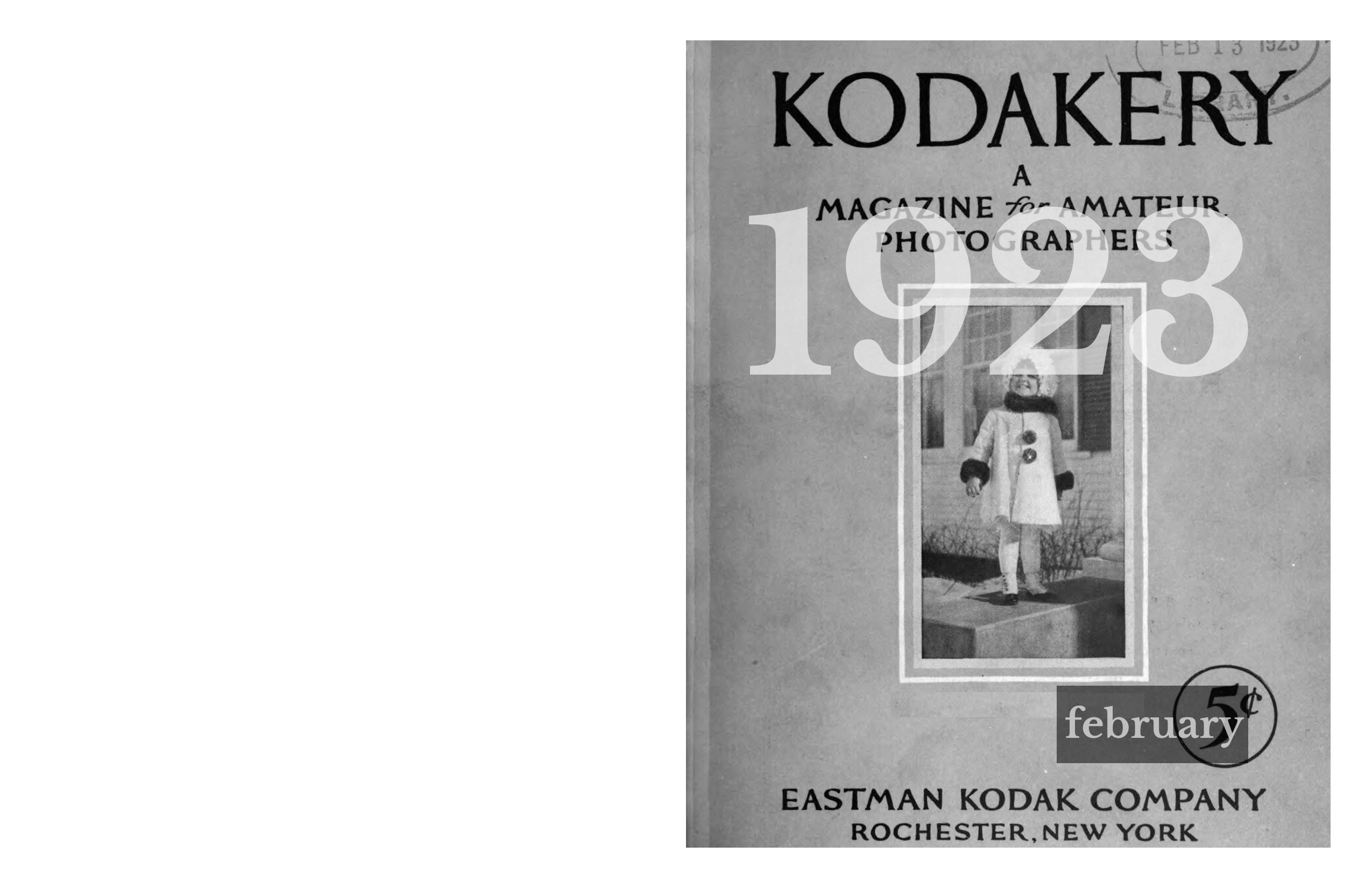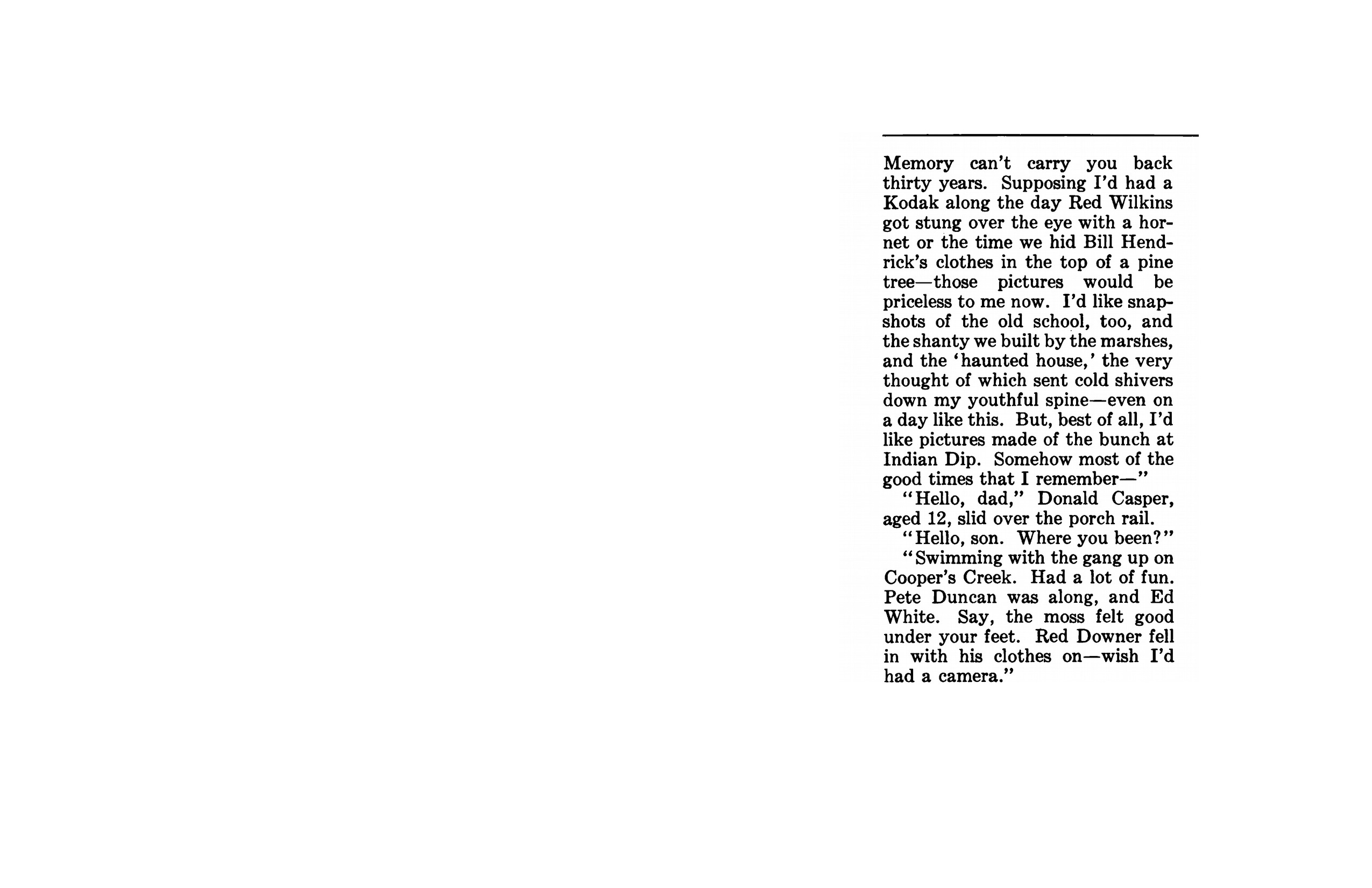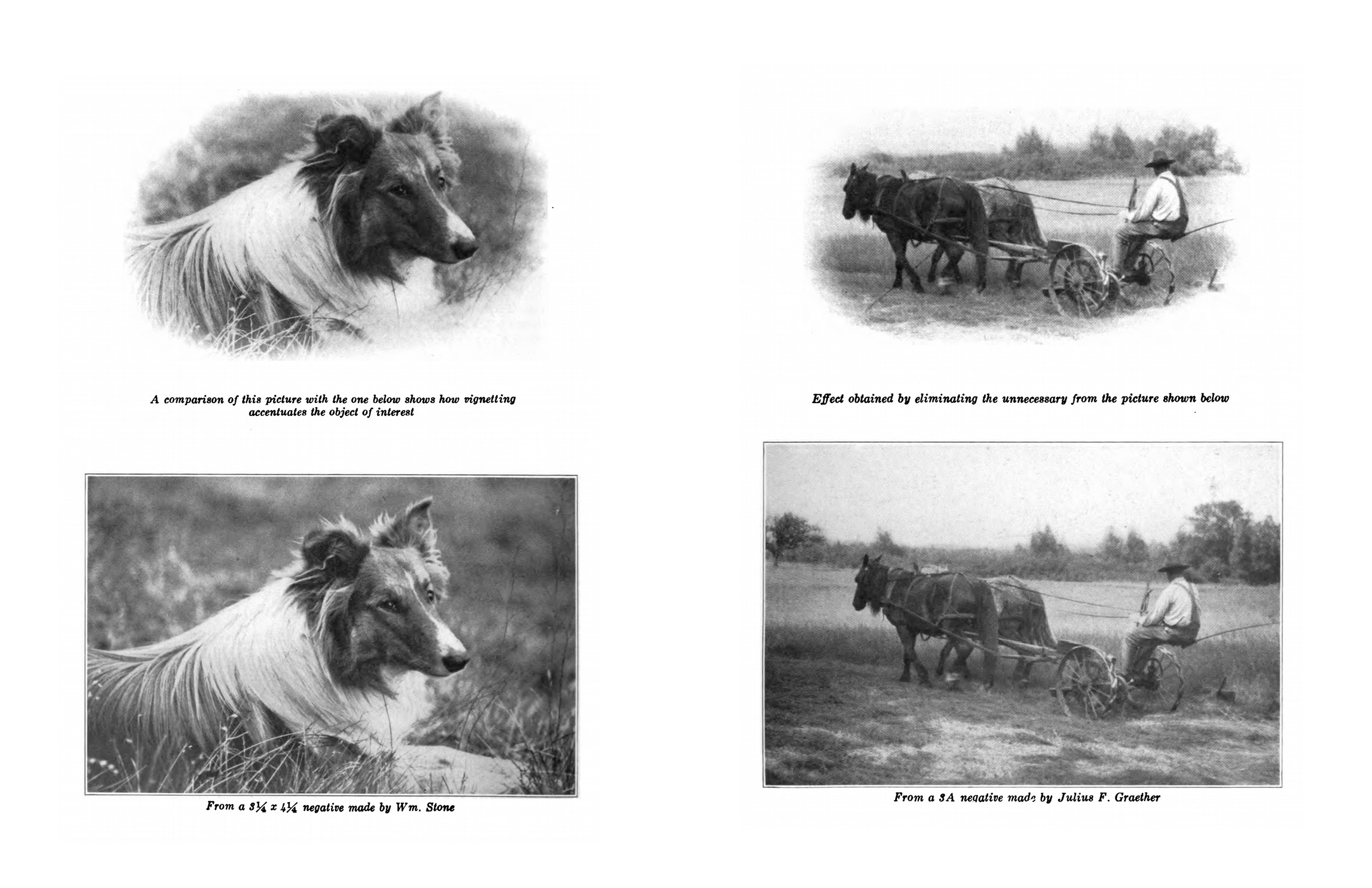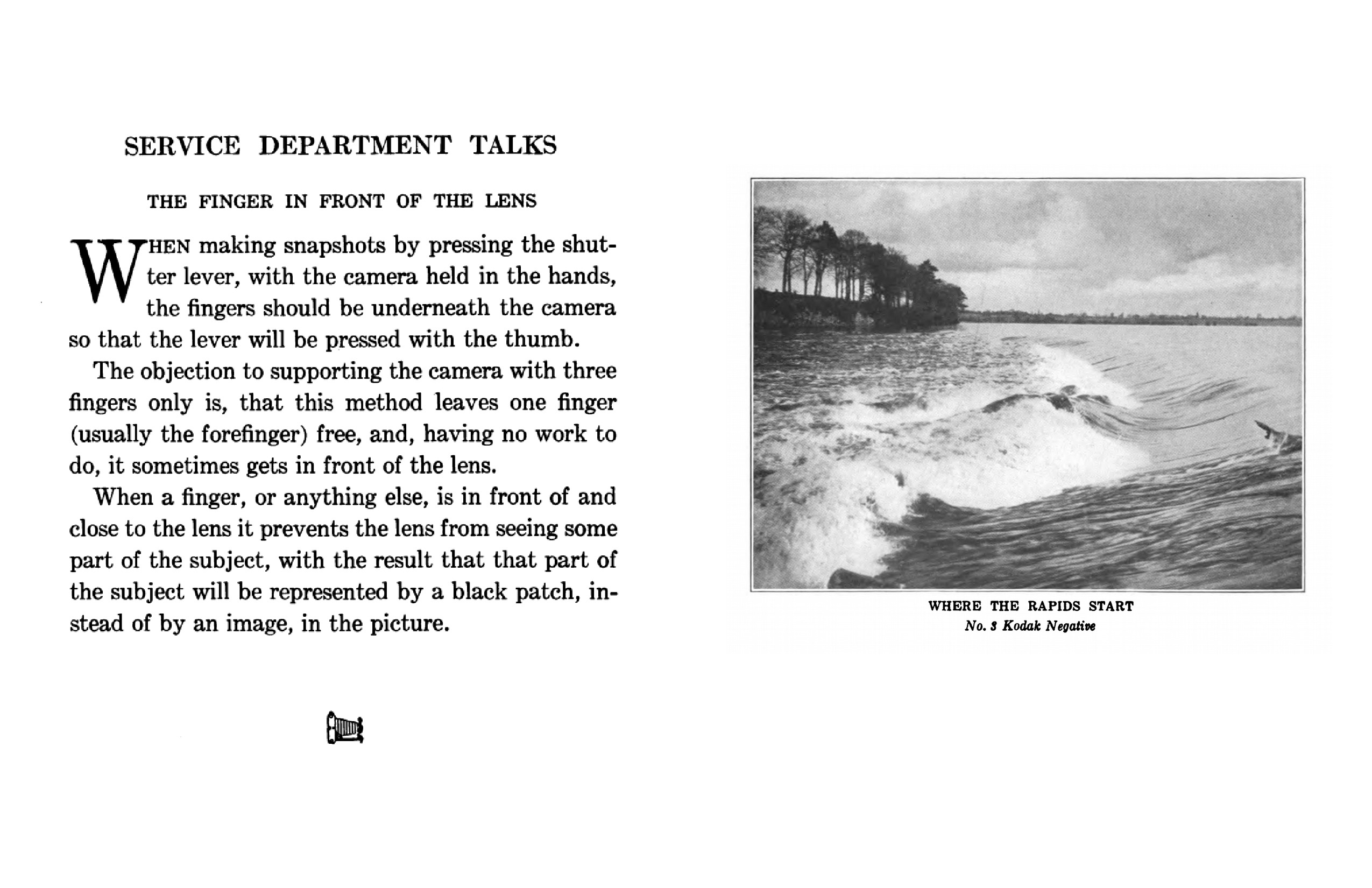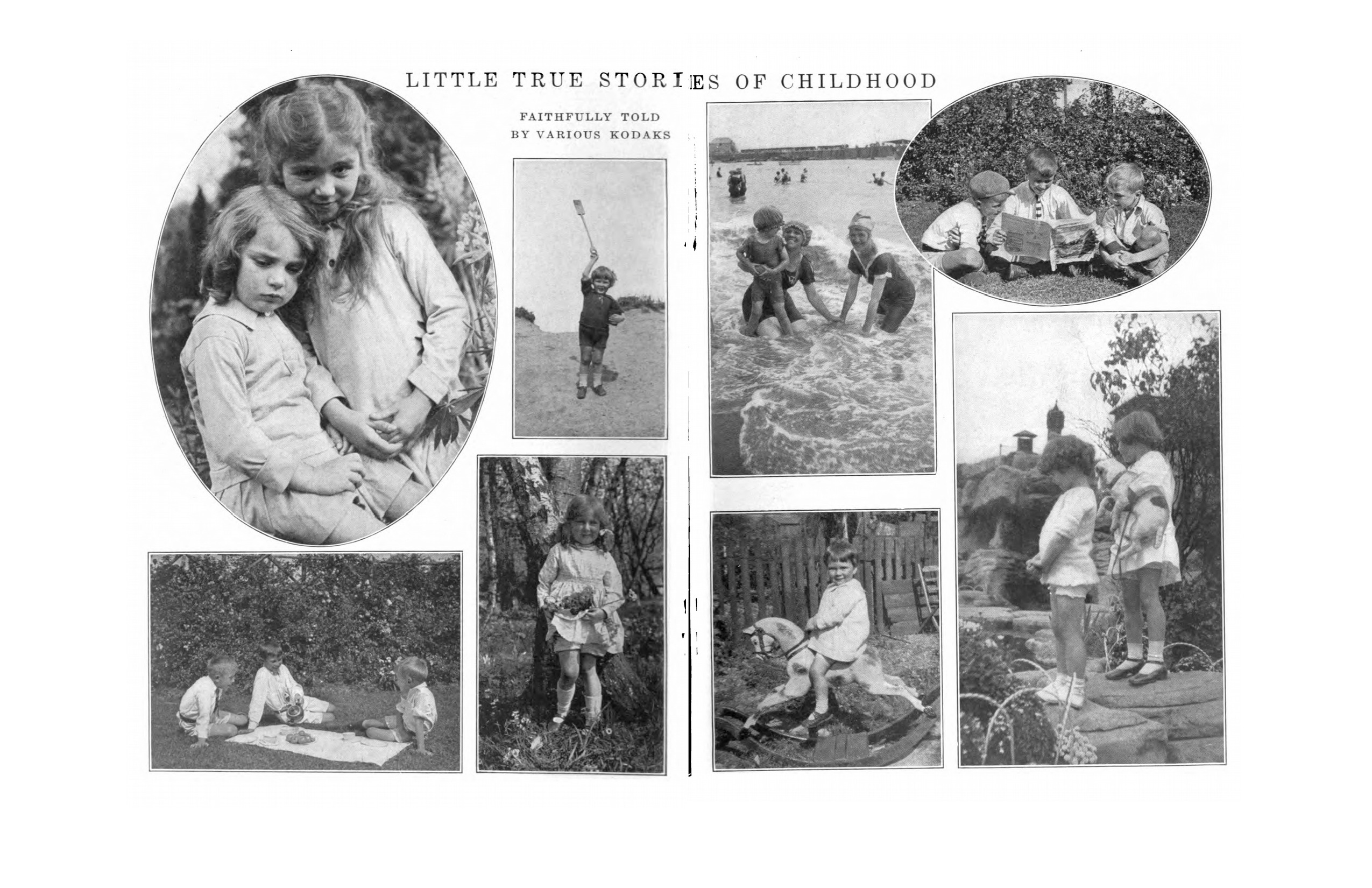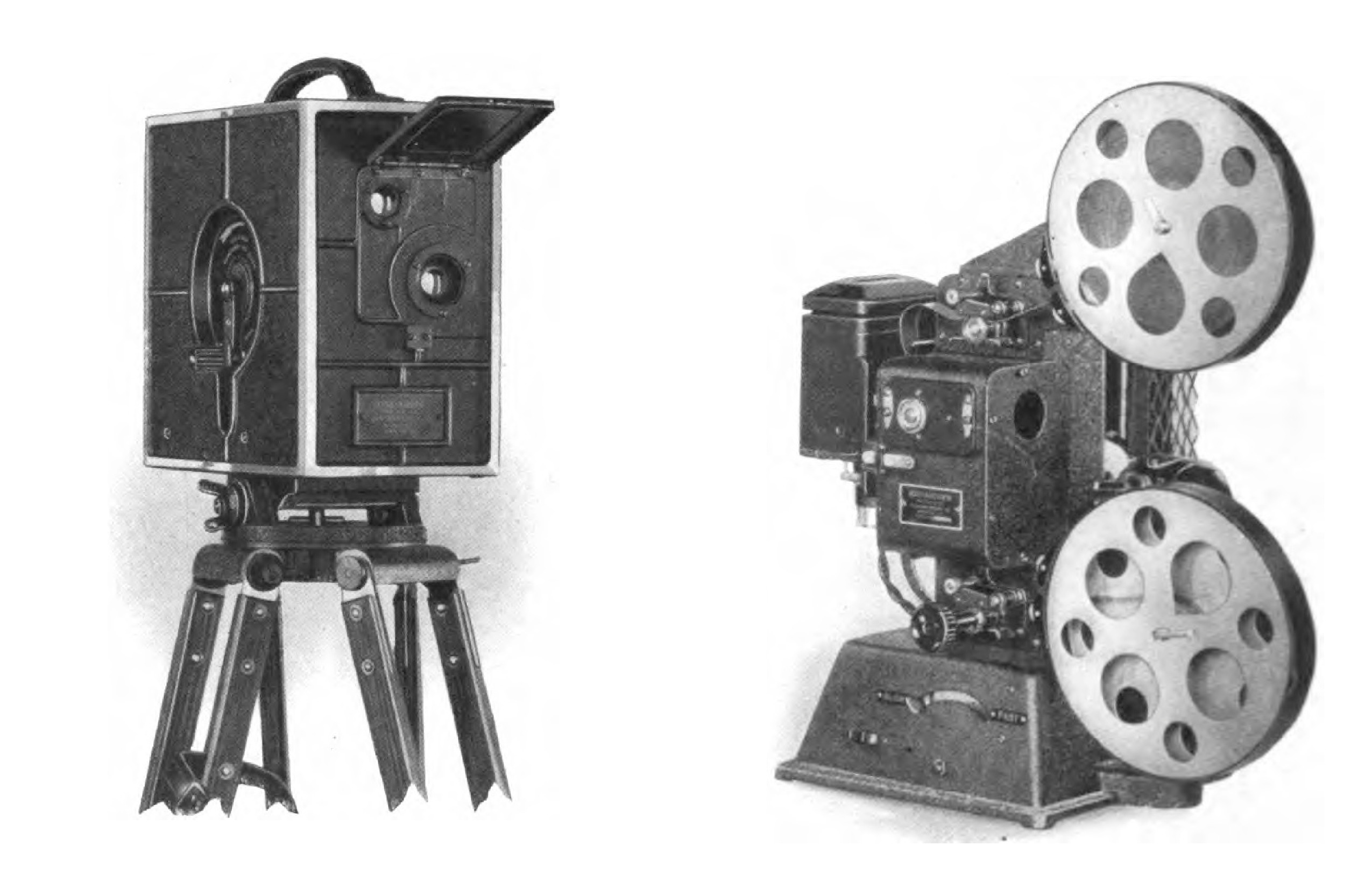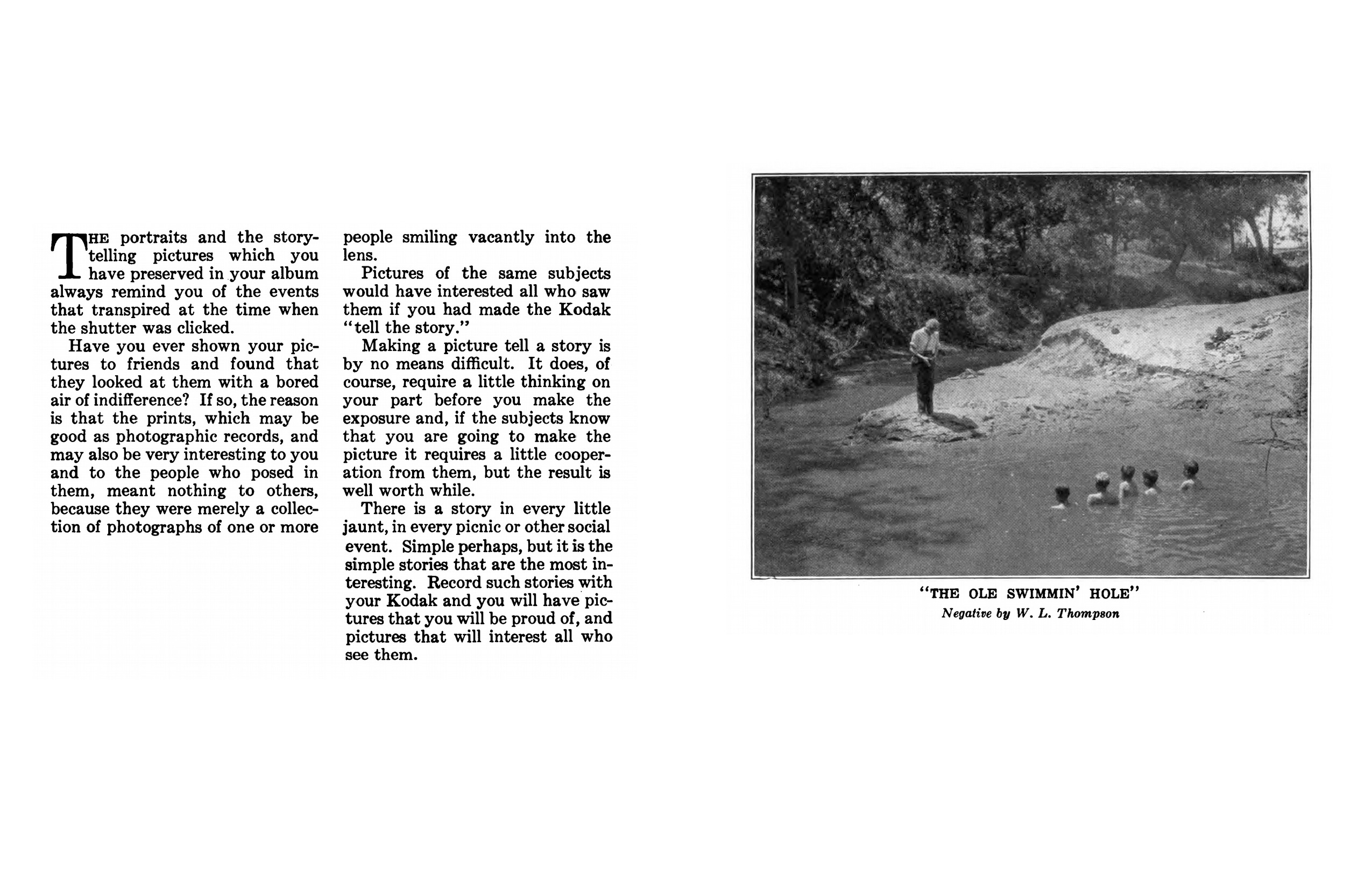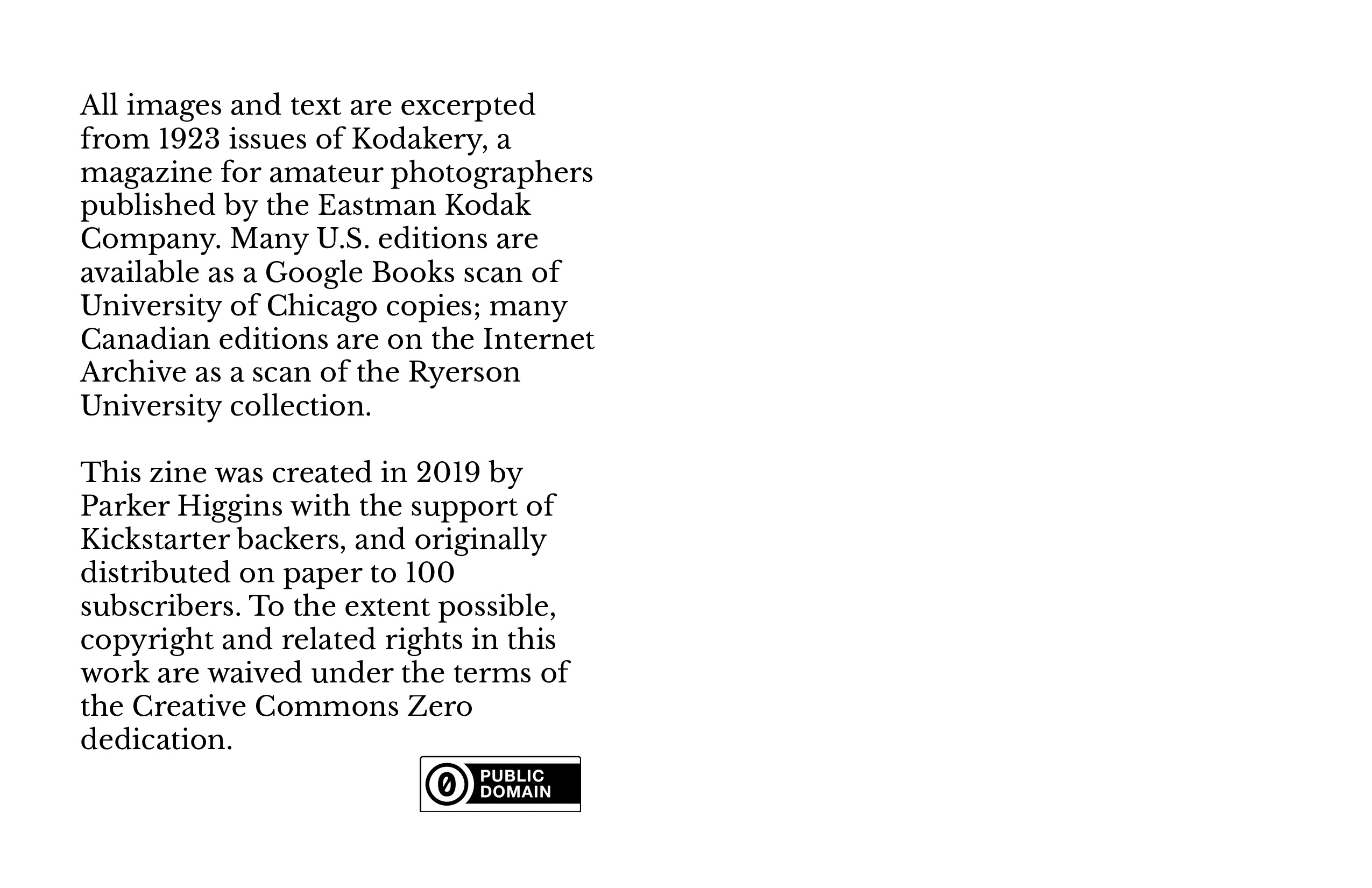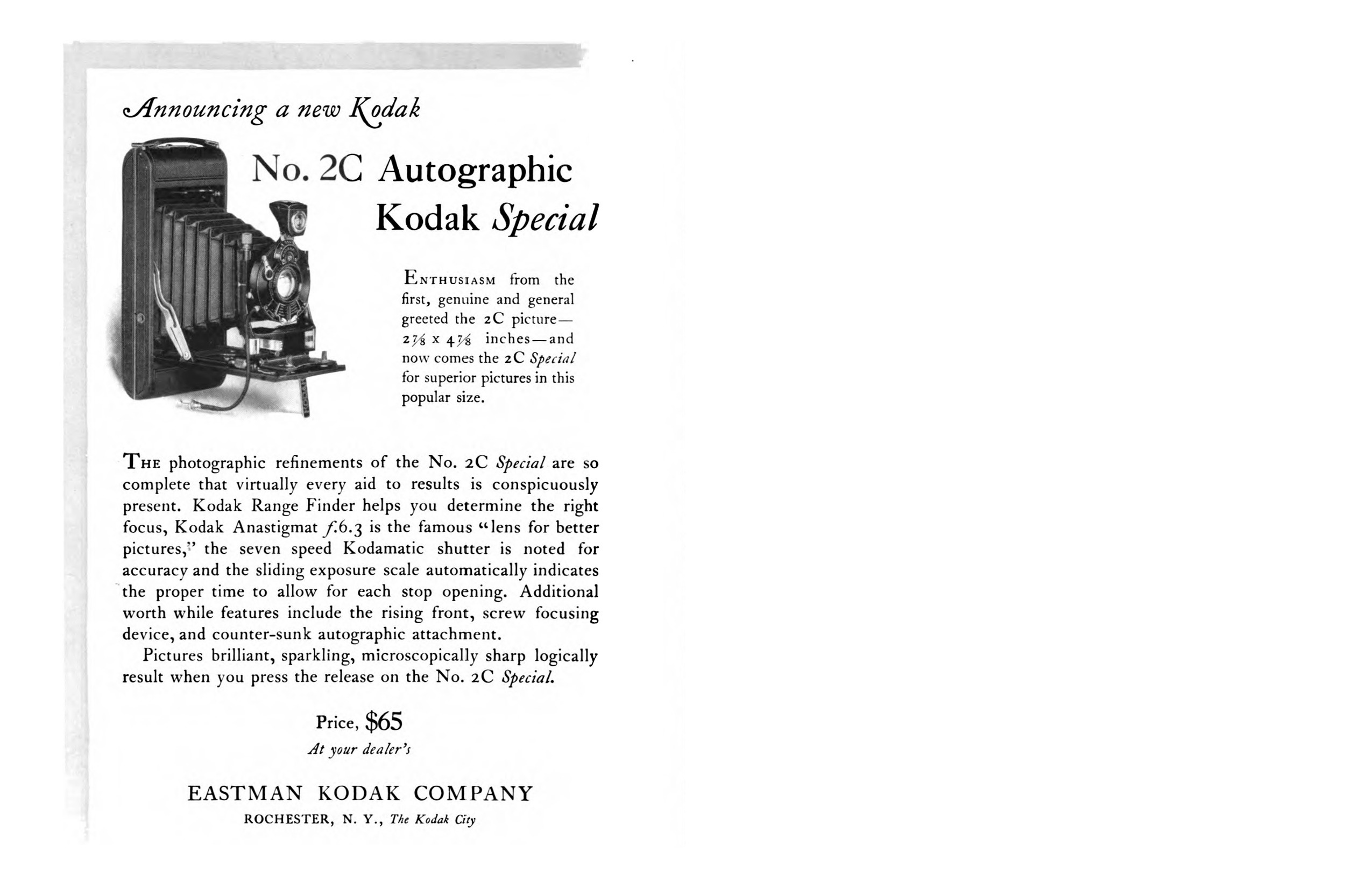February
This month’s issue of 1923 is pulled from the pages of Kodakery , a sort of promotional/instructional publication run by Eastman Kodak between 1913 and 1932. (The name was later reused for a separate publication—an in-house newsletter for employees of the company.) A year’s subscription came with the purchase of a Brownie camera.
Cameras were expensive and technical equipment, but Kodakery shows an era where they were entering the hands of amateurs and hobbyists, and increasingly getting used to document scenes of everyday life. Going through the 1923 issues, I pulled together texts on the theme of memory: Kodak was selling a new relationship to the past, a technological supplement to our fragile human memories. The new technology offered to both sharpen the past and—with sufficient expertise—improve it.
There’s more background on Kodakery and its sister publications at Camera-wiki, and at GenWeb of Monroe County. (I really recommend checking out that second page.) Some of the issues I excerpt from appear to have come from Kodak itself—when the company shut down its library and archives, its Canada division donated the collection to the Ryerson University Library in Toronto. Those issues are now available through the Internet Archive. The U.S. editions I used delightfully still bear the library stamp from their 1923 accession; I’m not sure where that was, but the scans I found on Google Books are now in the University of Chicago collection.
There are obvious through-lines between the role of photography in the lives of readers of 1923 issues of Kodakery and those of readers of 2019 editions of 1923. How different, really, is the vignetting effect to “eliminate the unnecessary” elements of a photo from, say, and Instagram filter? Yada yada yada. These are interesting questions, but not ones you need to hear me pontificate on.
One less obvious connection that strikes me, though, is the way copyright law interacts with ephemera like the snapshots in these issues. At the time, the overwhelming majority of photographs in that era would never have interacted with copyright at all.
It’s not that copyright didn’t apply to photography—it certainly did as far back as 1884, when the Supreme Court affirmed the power of Congress to say so, in a dispute over lithographs of Oscar Wilde. But copyright, then, was not the default state—for about a century after that decision, new works needed to bear a copyright notice and go through a registration process. As you can imagine, most people didn’t bother to go through these formalities outside of limited commercial contexts.
A lot of the rhetoric around the public domain—present company included!—still uses the language of ownership: what once belonged to a corporation or an individual, now belongs to us all. I think that sometimes concedes too much. These photographs, and the mountains of ephemeral materials of which they are a part, don’t just “belong” to the public; they exist outside of a context of ownership altogether. We lose something when we lose that.
By contrast: today, every photo in your camera roll, on your SD card, or sliding out of your Pentax is assumed to be restricted by copyright law, from the moment it’s fixed in that tangible medium. That assumption fosters a different relationship to creativity. (I would argue: a worse one.) And it’s interesting to see that difference laid out on these pages.
Download this issue as pdf.